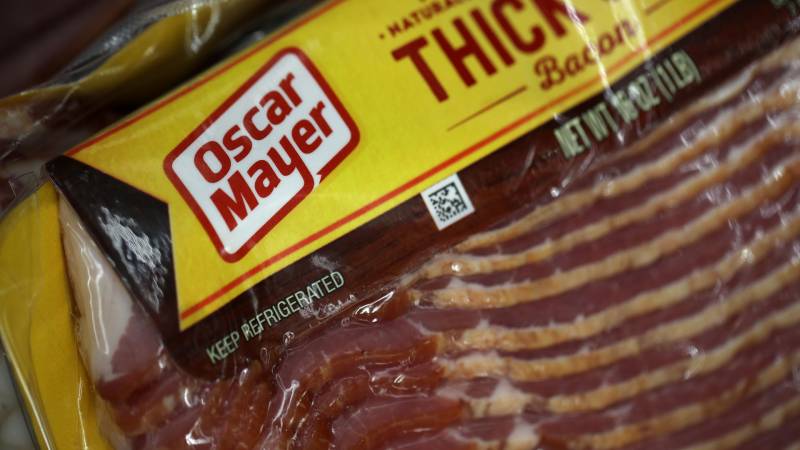“We are very concerned about the potential supply impacts and therefore cost increases,” said Matt Sutton, the public policy director for the California Restaurant Association.
California’s restaurants and groceries use about 255 million pounds of pork a month, but its farms produce only 45 million pounds, according to Rabobank, a global food and agriculture financial services company.
The National Pork Producers Council has asked the U.S. Department of Agriculture for federal aid to help pay for retrofitting hog facilities around the nation to fill the gap. Hog farmers said they haven’t complied because of the cost and because California hasn’t yet issued formal regulations on how the new standards will be administered and enforced.
Barry Goodwin, an economist at North Carolina State University, estimated the extra costs at 15% more per animal for a farm with 1,000 breeding pigs.
If half the pork supply was suddenly lost in California, bacon prices would jump 60%, meaning a $6 package would rise to about $9.60, according to a study by the Hatamiya Group, a consulting firm hired by opponents of the state proposition.
At one typical hog farm in Iowa, sows are kept in open-air crates measuring 14-square-feet when they join a herd and then for a week as part of the insemination process before moving to larger, roughly 20-square foot group pens with other hogs. Both are less than the 24 square feet required by the California law to give breeding pigs enough room to turn around and to extend their limbs. Other operations keep sows in the crates nearly all of the time, thus also wouldn’t be in compliance.
The California Department of Food and Agriculture said that although the detailed regulations aren’t finished, the key rules about space have been known for years.
“It is important to note that the law itself cannot be changed by regulations and the law has been in place since the Farm Animal Confinement Proposition (Prop 12) passed by a wide margin in 2018,” the agency said in response to questions from the AP.
The pork industry has filed lawsuits but so far courts have supported the California law. The National Pork Producers Council and a coalition of California restaurants and business groups have asked Gov. Gavin Newsom to delay the new requirements. The council also is holding out hope that meat already in the supply chain could be sold, potentially delaying shortages.
Josh Balk, who leads farm animal protection efforts at the Humane Society of the United States, said the pork industry should accept the overwhelming view of Californians who want animals treated more humanely.
“Why are pork producers constantly trying to overturn laws relating to cruelty to animals?” Balk asked. “It says something about the pork industry when it seems its business operandi is to lose at the ballot when they try to defend the practices and then when animal cruelty laws are passed, to try to overturn them.”

